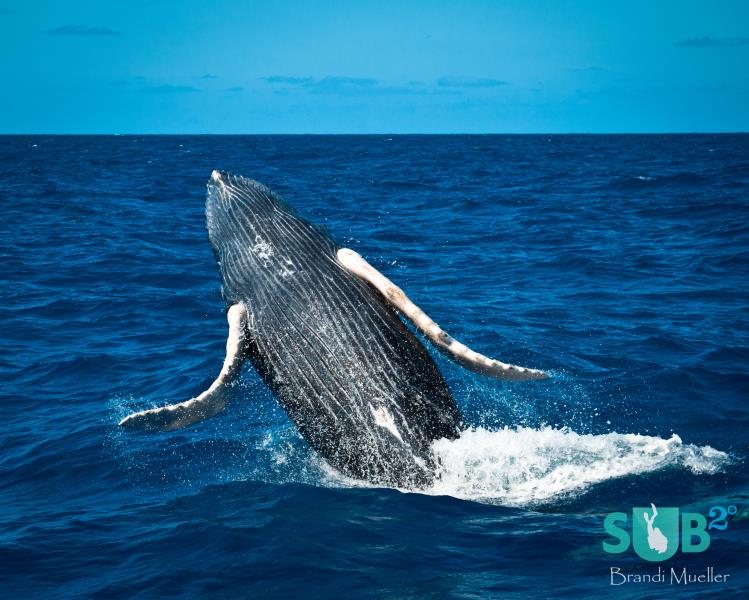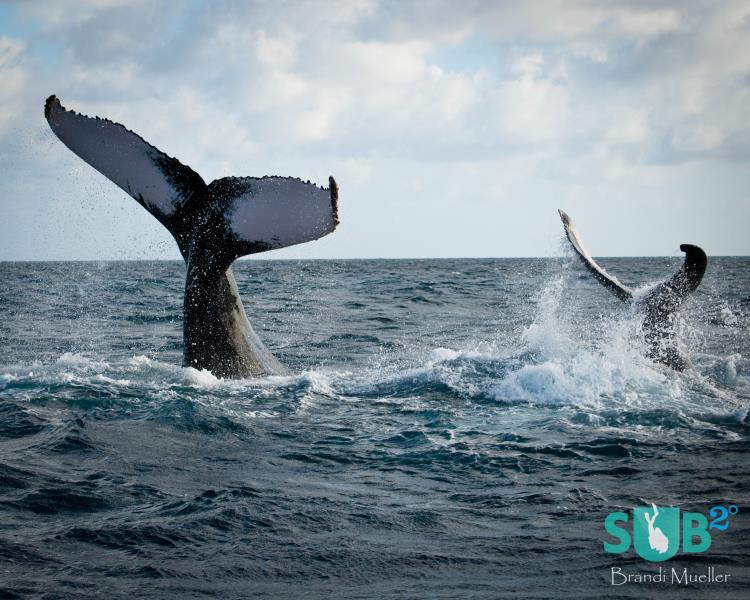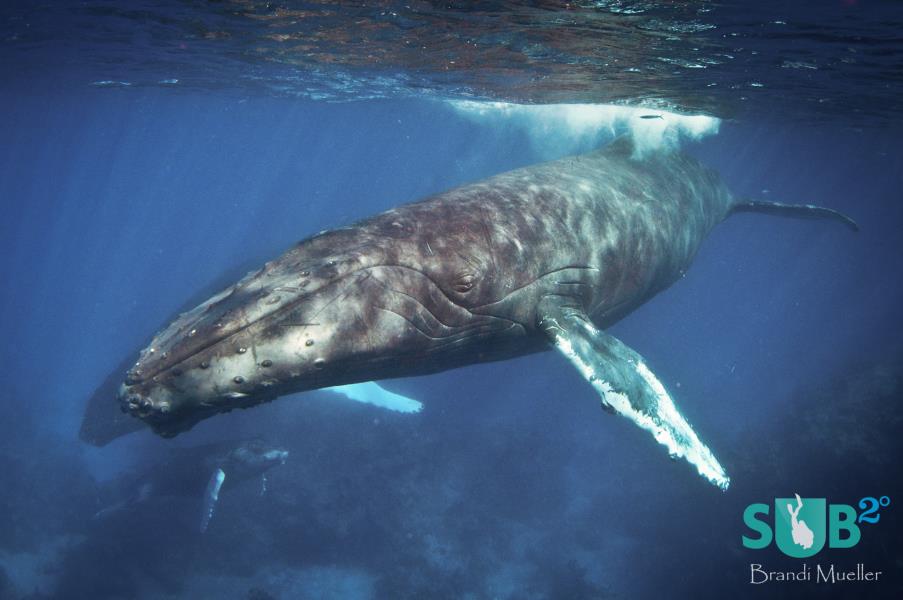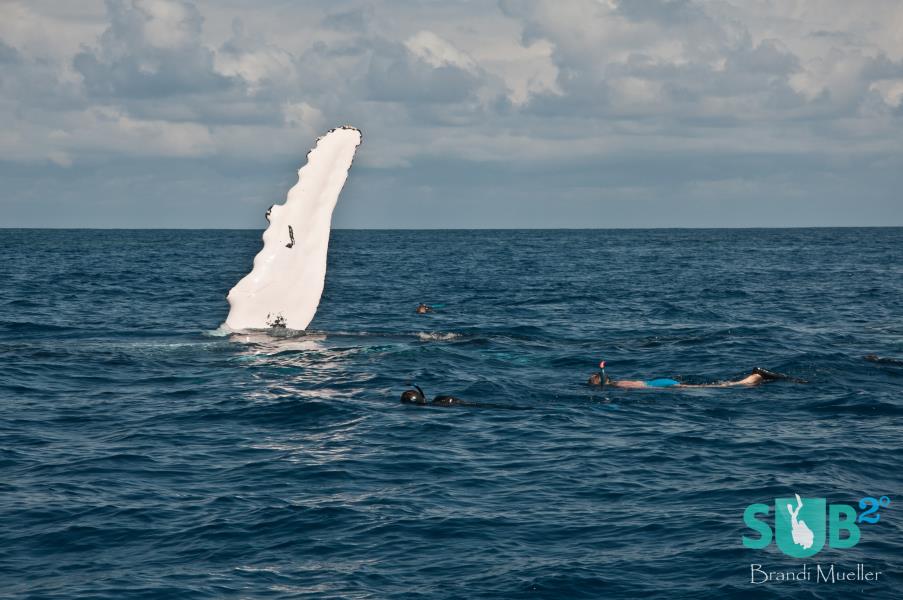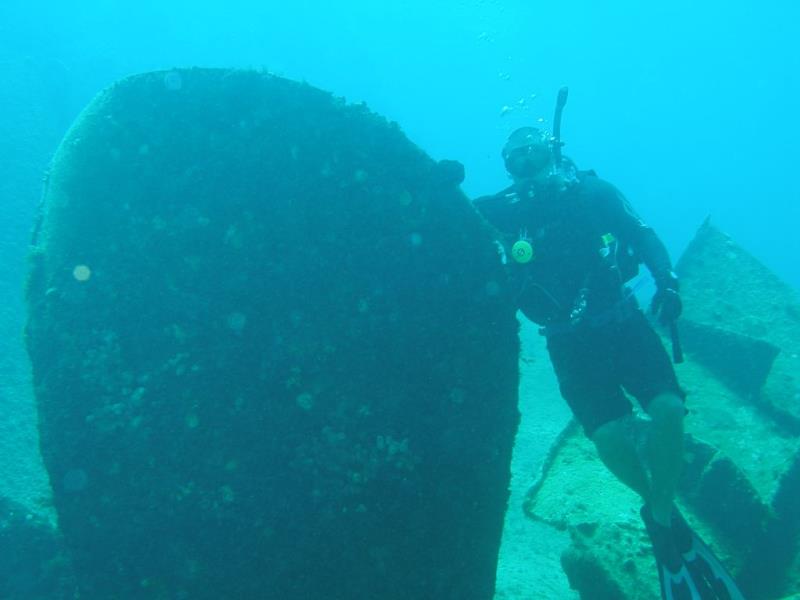 Scuba Diving Dominican Republic
Scuba Diving Dominican Republic
59 Dive Sites 47 Dive Shops 19 Dive Logs
Part 1: Overview of Scuba Diving in Dominican Republic
The Dominican Republic is one of the most visited islands in the Caribbean and has one of the largest coastlines in the Caribbean. What does that mean for divers? It’s easy to get to, has plenty of places to stay, and has enough diving to require multiple trips to see it all.
The Dominican Republic (DR) shares the lush, mountainous island of Hispaniola with Haiti, and has a tropical climate with hot, humid summers, and cooler, breezy winters. Water temperatures are mostly warm with highs of 82F/28C in the summer and 75F/24C in the winter. Conditions for diving are good year-round but hurricanes can occur from July-November and the winter season has more wind. Sharks, turtles, eagle rays, eels, butterflyfish, and plenty more live on the healthy reefs, and a history of pirates and seafaring has left many wrecks for divers to explore.
Getting to the Dominican Republic couldn’t be easier, with six international airports receiving flights from the USA, Mexico, Europe, and other Caribbean Islands. Once you get there, the numerous all-inclusive resorts provide great accommodations and either have their own dive shops on the property or can recommend nearby dive shops.
Spanish is the official language there but English is widely spoken. The currency is the Dominican Peso, but US Dollars and Euros are widely accepted. Major highways make it easy to get around the island, although most resorts provide transportation from the airports.
The variety of diving available in the DR makes it a great location for all levels of divers. Beautiful shallow reefs are great for learning to dive and for advanced divers there are walls, drift dives, caverns, wrecks, and caves. The large coastline is dotted with dive sites including healthy reefs, large schools of fish, and good visibility. Several dive shops offer technical training to dive the cavern and cave systems found inshore.
For those looking for a unique experience, from January to April humpback whales migrate to the Dominican Republic. Ninety miles north of the island is the Silver Bank, where the humpbacks congregate to mate and give birth to their young after migrating south from their winter-feeding grounds in the North Atlantic. Several boats have permits to take snorkelers to the Silver Bank from January to April for once-in-a-lifetime adventures to swim with these amazing creatures.
Part 2: Dive Sites, Marine Life & Environment in Dominican Republic
With so many coastlines, the Dominican Republic has a ton of dive sites. Shallow reefs provide excellent areas for beginner divers and wall dives, wreck dives, and even cave dives are there for the advanced diver to explore. Healthy reefs and fish are abundant and there are lots of wrecks, from as early as the 16th century. Warm waters year round require only a shorty or 3mm wetsuit.
North Coast
Some of the best diving can be found near Puerto Plata and Sousa. Several deep dive sites including Airport Wall, Five Rocks, and La Piramide (or Pyramids) are popular due to their reef fish life. La Piramide has several connected tunnels you can swim through.
The Samana Peninsula has the dive site Cabo Cabron. This pinnacle formation starts at 165ft, and divers can circle their way up the pinnacle, finding tons of macro life in the encrusted sponges and corals.
East Coast
Punta Cana is on the east coast and has several beautiful shallow reef sites abundant with reef fish and other marine life. It also has the longest coral reef on the whole island, including several caverns with lots of light.
South Coast
The South coast is loaded with wreck dives. La Caleta National Underwater Park, a no-fishing zone, holds the Hickory and the Limon, both fantastic wreck dives in recreational diver limits. There is also the St. George, a ship built in 1962 and abandoned in Santo Domingo in the 1980s.
It was sunk as an artificial reef in 1999; now experienced divers can penetrate the inside. Home to many fish including barracuda, the 240ft/73m long ship sits with its shallowest point at 50ft/15m and the deepest point is 144ft/44m.
Catalina Island offers a nice wall to dive and Saona Island is a sanctuary with birds, turtles and sharks. Several underwater parks protect the reefs from fisherman, allowing divers to see large fish such as grouper. The South Coast offers both shallow and deep diving and lots of marine life.
Caves
Three well known underwater cave systems are found in the DR: La Siren (or Taino Cave) located near Santo Domingo, Padre Nuestro near Bayahibe, and Cueva Dud near Playa Dorada. Several shops including Gri Gri Divers, offer technical diving training and take experienced divers in the caves. Do not attempt to enter these cave systems without proper training and local knowledge, and guides.
Silver Bank
Ninety miles north of the DR is the Silver Bank. This shallow area becomes a social hotspot for Humpback whales from January to April. Migrating from their winter-feeding grounds in the North Atlantic, the whales come to this area to breed and give birth to their calves.
Several permitted boats including Aggressor Fleet’s Turks and Caicos Aggressor II conduct snorkeling adventures during this time. Lucky divers and snorkelers may also get a glimpse of the humpbacks during this time as well.
Part 3: Dive Shops, Airports & Logistics of Diving in Dominican Republic
The Dominican Republic (DR) has seven major airports and more than 20 minor airports. The most popular include Santo Domingo’s Las Americas International Airport (SDQ), Punta Cana International Airport (PUJ), Puerto Plata’s Gregorio Luperon International Airport (POP), and Santiago’s Cibao International Airport. They receive daily flights from the United States, Canada, Mexico, Europe, South America, and other Caribbean Island Nations.
All-inclusive resorts are popular in the DR with more than two-dozen properties to choose from (and more being built). Usually including accommodation, food, drinks, airport transfers, and entertainment, all-inclusive resorts are a great way to have all the details taken care of for the most relaxing trip. Dive operators maintain a presence on one or more resort properties and the resorts can always recommend a nearby dive shop.
Some of the more popular dive shops inside all-inclusive resorts include Dressel Divers Club, which operates at the three Iberostar Hotels and Resorts locations around the country and has an international presence on other Caribbean islands and Spain. They offer dive training through PADI, from discover scuba diving to more advanced classes.
Found at Hotel Dreams and Hotel Catalonia, Gri Gri Divers offers diving on the south east coast of the DR. Gri Gri also offers technical dive training and trips for experienced cave divers to the DR’s three popular freshwater cave systems.
Highly recommended on Trip Advisor is Scuba Fun, a dive shop in Bayahibe, on the southeast end of the DR, which offers training and daily boat dives. And on the north coast, Dive Cabarete has a shop in Puerto Plata and dives the Sosua Bay area. They also offer PADI training and boat trips to many popular dive sites.
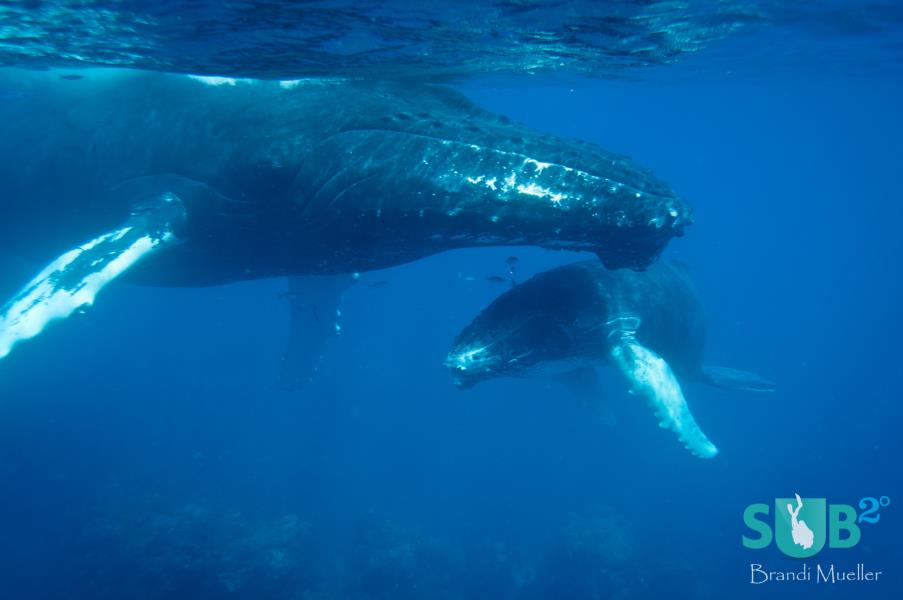 Keep in mind that even though the DR is an island nation, it can still take a long time to get from one part of the island to another. (It is 18,000 square miles!) It is also mountainous, so when booking a shop, make sure they are close to where you are staying or plan for a long drive. To dive the entire DR, stay a few days in the north, the east, and the south, diving in each place while you’re there.
Keep in mind that even though the DR is an island nation, it can still take a long time to get from one part of the island to another. (It is 18,000 square miles!) It is also mountainous, so when booking a shop, make sure they are close to where you are staying or plan for a long drive. To dive the entire DR, stay a few days in the north, the east, and the south, diving in each place while you’re there.
Humpback whales migrate to the Silver Bank, 90 miles north east of the DR, from January to April. Lucky divers and snorkelers may have an encounter around the DR during this time, but to increase your chances of seeing these amazing animals, several liveaboards visit the Silver Bank for week-long charters to snorkel with the whales.
Permits are required, so only a few boats, such as Aggressor Fleet’s Turks and Caicos Aggressor II, have permission to lead these trips. Aggressor Fleet is one of the top liveaboard companies in the world and provides luxury accommodations, food, and service onboard.
---- Book Your Diving ----
Fill in the Form Below.
Our hand picked regional partners will deliver no obligation quotes.
Tweets by @DiveAdvisorApp
Top Dive Shops
Top Dive Sites
Dive Logs
-
Michael Jacobs Wednesday, October 10, 2018
-
Ann Challenor Tuesday, March 31, 2015
Certifications Offered
-
Discover Scuba Diving
SeaPro Divers , Punta Cana -
Open Water Diver
SeaPro Divers , Punta Cana -
PADI Scuba Diver
SeaPro Divers , Punta Cana
Marine Life
Dive Types & Activities
- Wreck Dive
- Training
- Reef Dive
- Underwater Photo & Video
- Boat Dive
- Beach Dive
- Multi-Level
